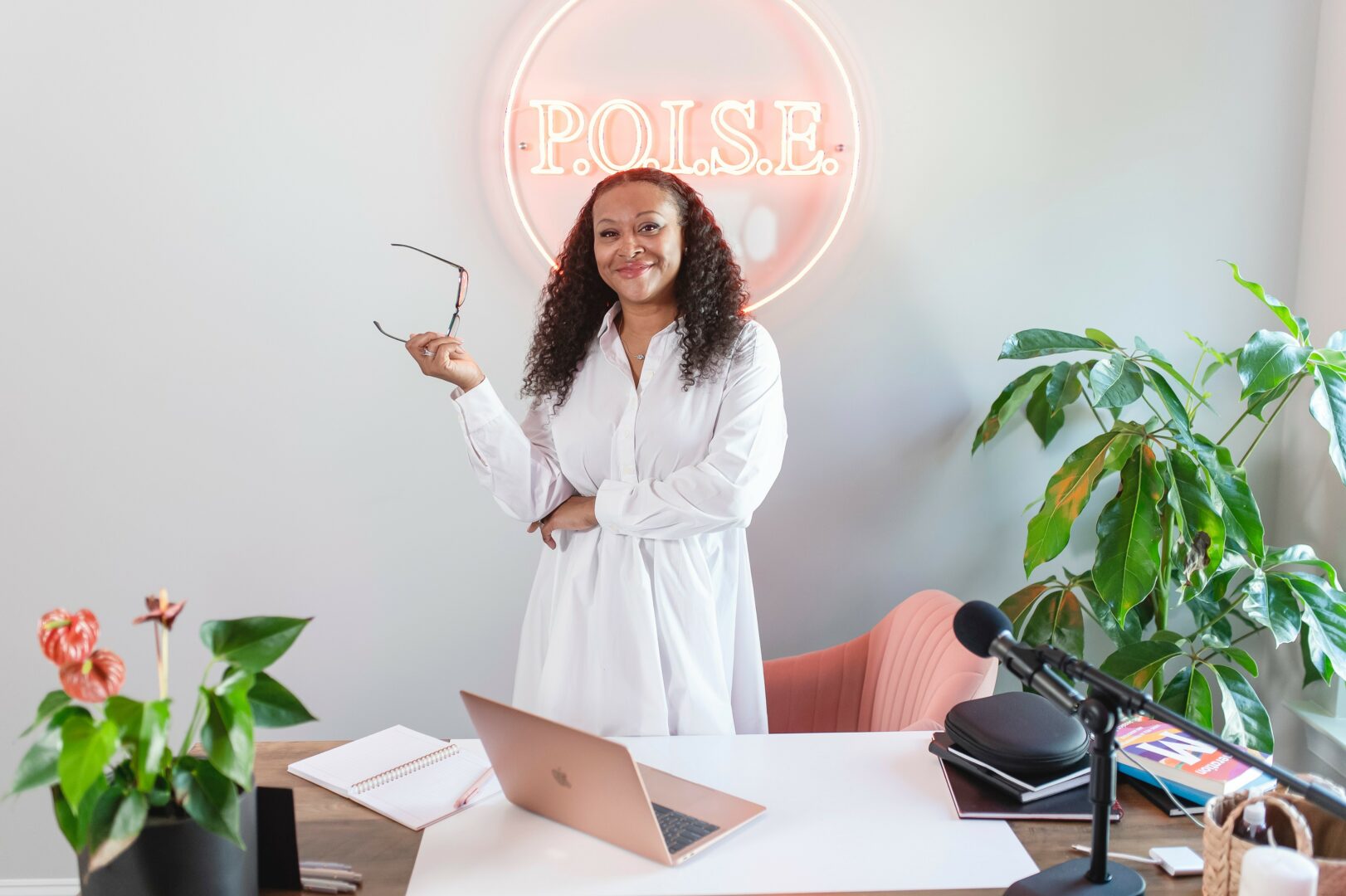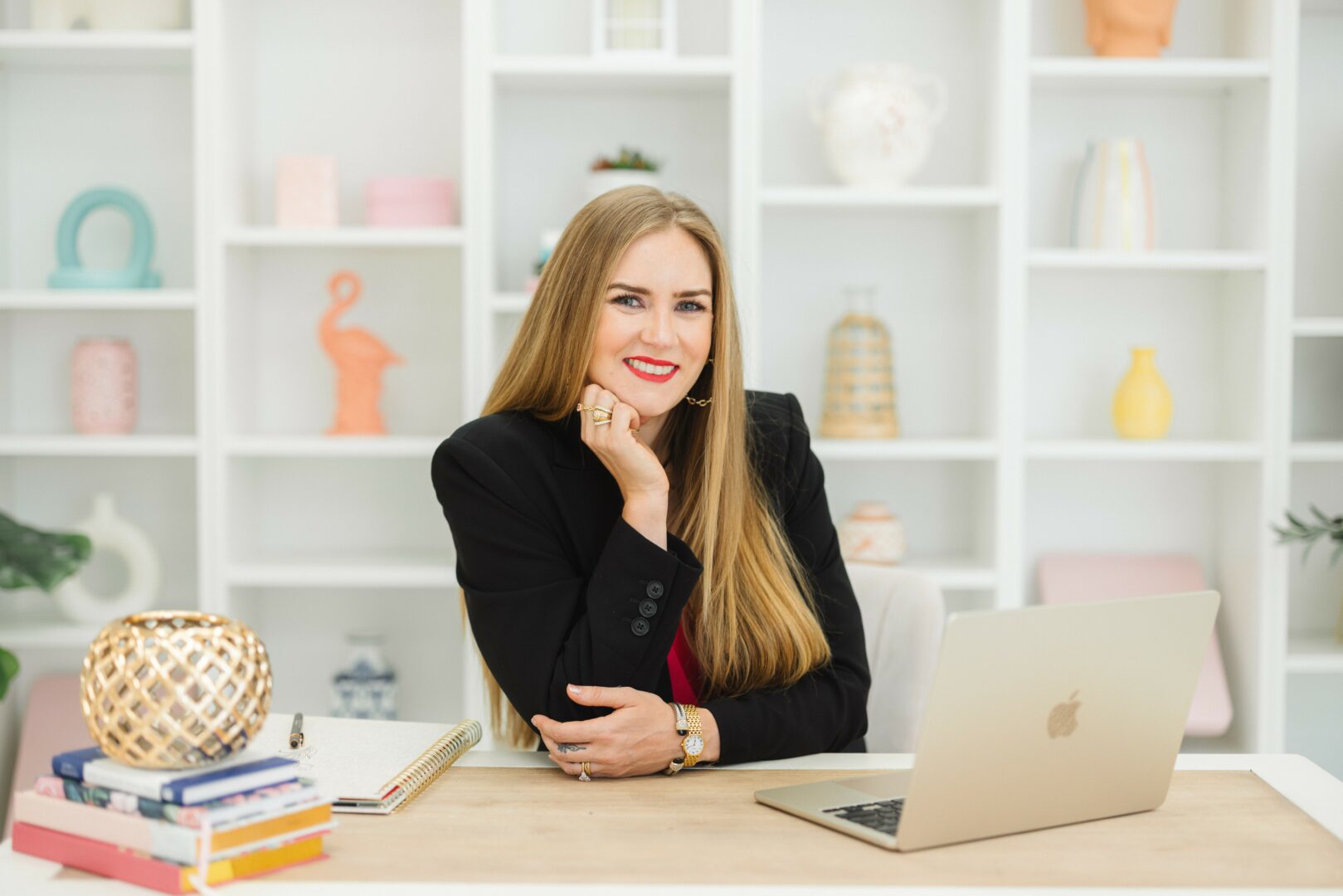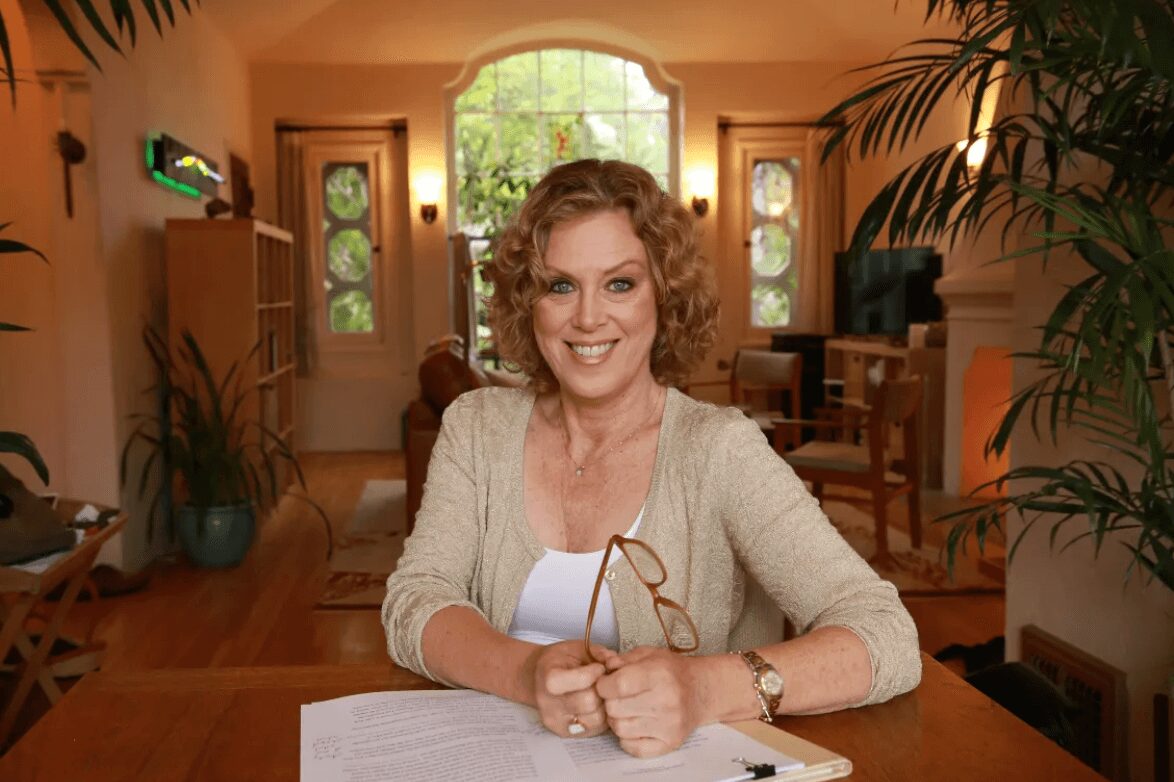We recently connected with Han Meng and have shared our conversation below.
Han, we’re so excited for our community to get to know you and learn from your journey and the wisdom you’ve acquired over time. Let’s kick things off with a discussion on self-confidence and self-esteem. How did you develop yours?
I developed my confidence and self-esteem through building things that didn’t exist before — especially when I built PhotoG, a business-facing marketing AI tool. In the early days, I had no certainty that people would understand or even need an AI marketing team. But instead of waiting for the perfect plan, I started prototyping fast and showing it to users within the first week. Seeing people interact with my rough ideas and give real feedback taught me that confidence doesn’t come from having everything figured out — it comes from taking action and iterating.
Working in advertising also shaped that mindset. In agencies, you’re constantly pitching bold ideas in front of big clients and learning to stay calm under pressure. Those experiences helped me separate feedback from self-worth — not every idea works, but every failure brings insight.
So for me, confidence isn’t about being sure all the time. It’s about trusting my creative instincts, listening to users, and having the resilience to keep improving. Building PhotoG turned those lessons into habits — now I see every challenge as another design iteration, not a setback.
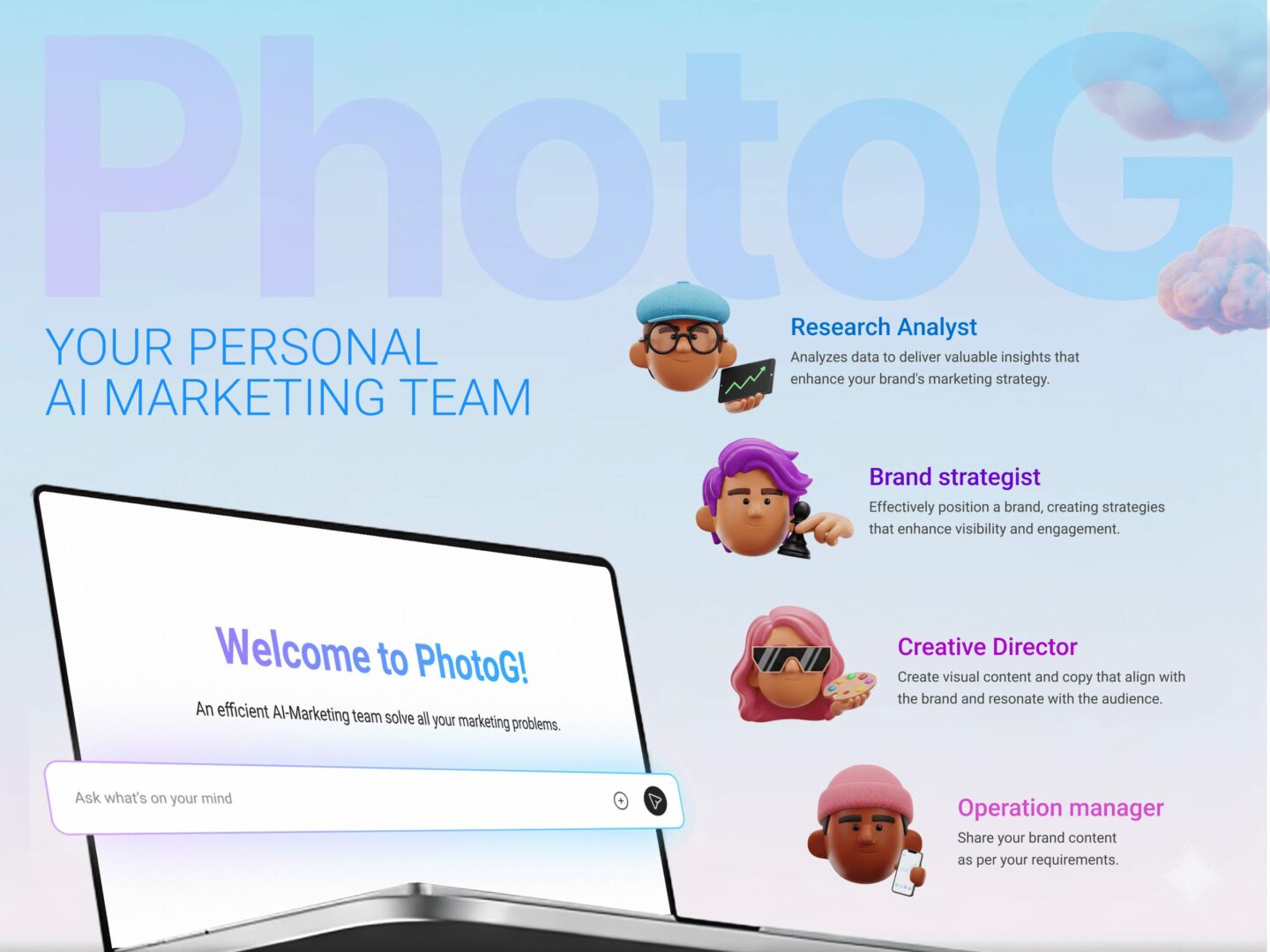
Great, so let’s take a few minutes and cover your story. What should folks know about you and what you do?
I’m a product designer specializing in AI and healthcare innovation. My work sits at the intersection of design, technology, and human impact — I focus on building intelligent systems that make complex workflows simpler, more efficient, and more human.
I also design AI-driven marketing products such as PhotoG and Caster, which empower individuals and small businesses to grow faster and smarter. Together, these platforms have helped clients achieve over 40% sales growth, manage millions of dollars in advertising spend, and triple their profitable ad investment within 90 days. It’s deeply rewarding to see how accessible, well-designed AI tools can help entrepreneurs and creators unlock real business impact.
Looking ahead, I’m focused on creating AI products that empower rather than replace people — especially in high-stakes fields like healthcare and marketing. My goal is to design intelligent systems that feel intuitive, transparent, and genuinely supportive of human potential.
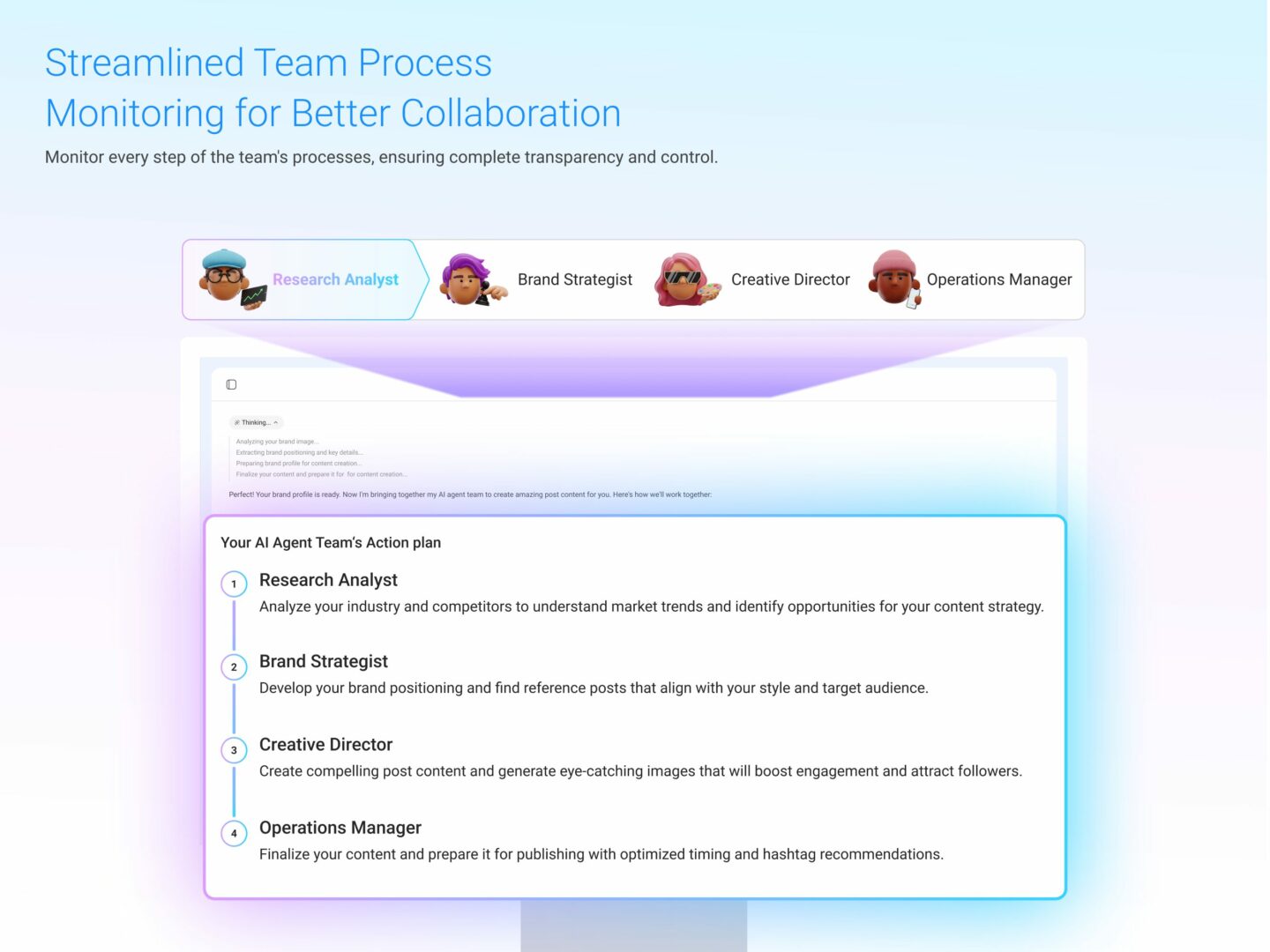
Looking back, what do you think were the three qualities, skills, or areas of knowledge that were most impactful in your journey? What advice do you have for folks who are early in their journey in terms of how they can best develop or improve on these?
Looking back, four qualities have been most impactful in my journey: creative problem-solving, empathy for users, adaptability to new technologies, and collaboration.
Creative problem-solving has shaped how I approach every challenge. In the tech and healthcare world, there’s rarely a single “right” answer — success often comes from experimenting, reframing problems, and finding solutions that balance human and technical needs. For those early in their journey, I’d say: don’t be afraid to think beyond the obvious. The best ideas often come from connecting seemingly unrelated dots.
Empathy for users has always been my foundation as a designer. Whether I’m building a hospital shift system or AI tools for small businesses, understanding people’s real struggles and motivations is where meaningful design begins. My advice here: spend more time listening than designing. True innovation starts with empathy, not assumptions.
Adaptability has also been essential. Working at the intersection of AI and design means the tools and technologies are constantly evolving. I’ve learned to stay curious — always learning, unlearning, and experimenting with new approaches. For anyone starting out, I’d say: treat every new skill as an investment in your future flexibility.
Finally, collaboration has been a key driver of my growth. Some of my best work came from partnering with people who challenged my ideas, offered new perspectives, or had expertise I didn’t have. Getting help from others isn’t a weakness — it’s how you grow faster and create better results. I’ve learned that strong collaboration turns good ideas into great products.
Together, these four qualities — creativity, empathy, adaptability, and collaboration — continue to guide how I design, lead, and build impact through AI.
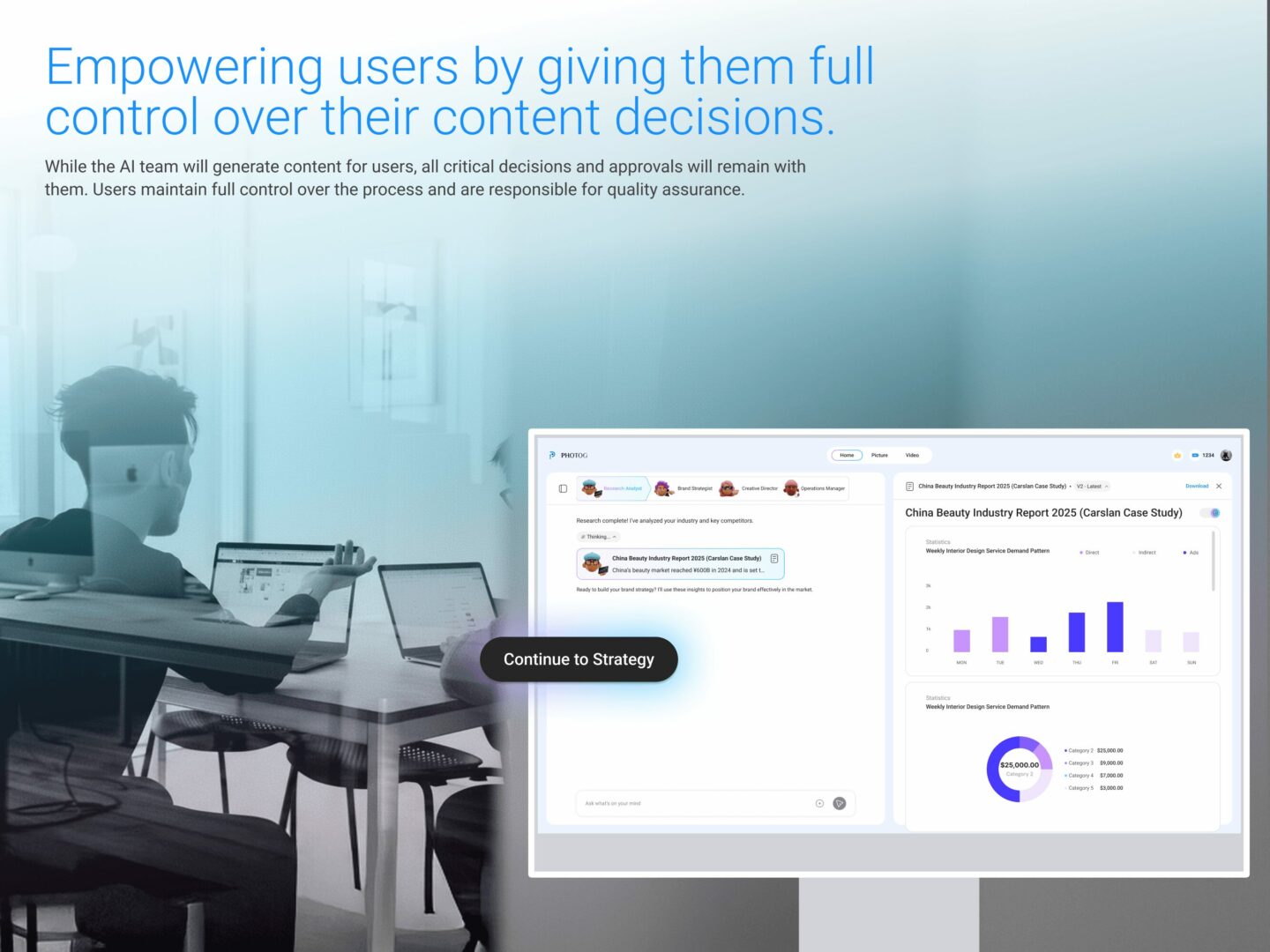
Tell us what your ideal client would be like?
My ideal client is someone who values both innovation and purpose — people or organizations who aren’t just trying to build another product, but who want to make something meaningful that improves how people live or work.
I love collaborating with clients who are open-minded, data-informed, and mission-driven, especially those who see design as a strategic partner, not just a visual layer. The best projects I’ve worked on — from AI healthcare systems to intelligent marketing tools — all started with clients who were willing to explore new ideas, share insights, and co-create solutions together.
I also appreciate clients who understand the long-term value of thoughtful design — those who want to build systems that are sustainable, ethical, and human-centered, not just fast or flashy.
In short, my ideal clients are visionaries who want to use AI and design to create real impact — whether that’s empowering healthcare professionals, helping small businesses grow, or making technology more accessible to everyone.
Contact Info:
- Website: https://www.hanmengdesigner.com/
- Linkedin: https://www.linkedin.com/in/hanmengdesign/
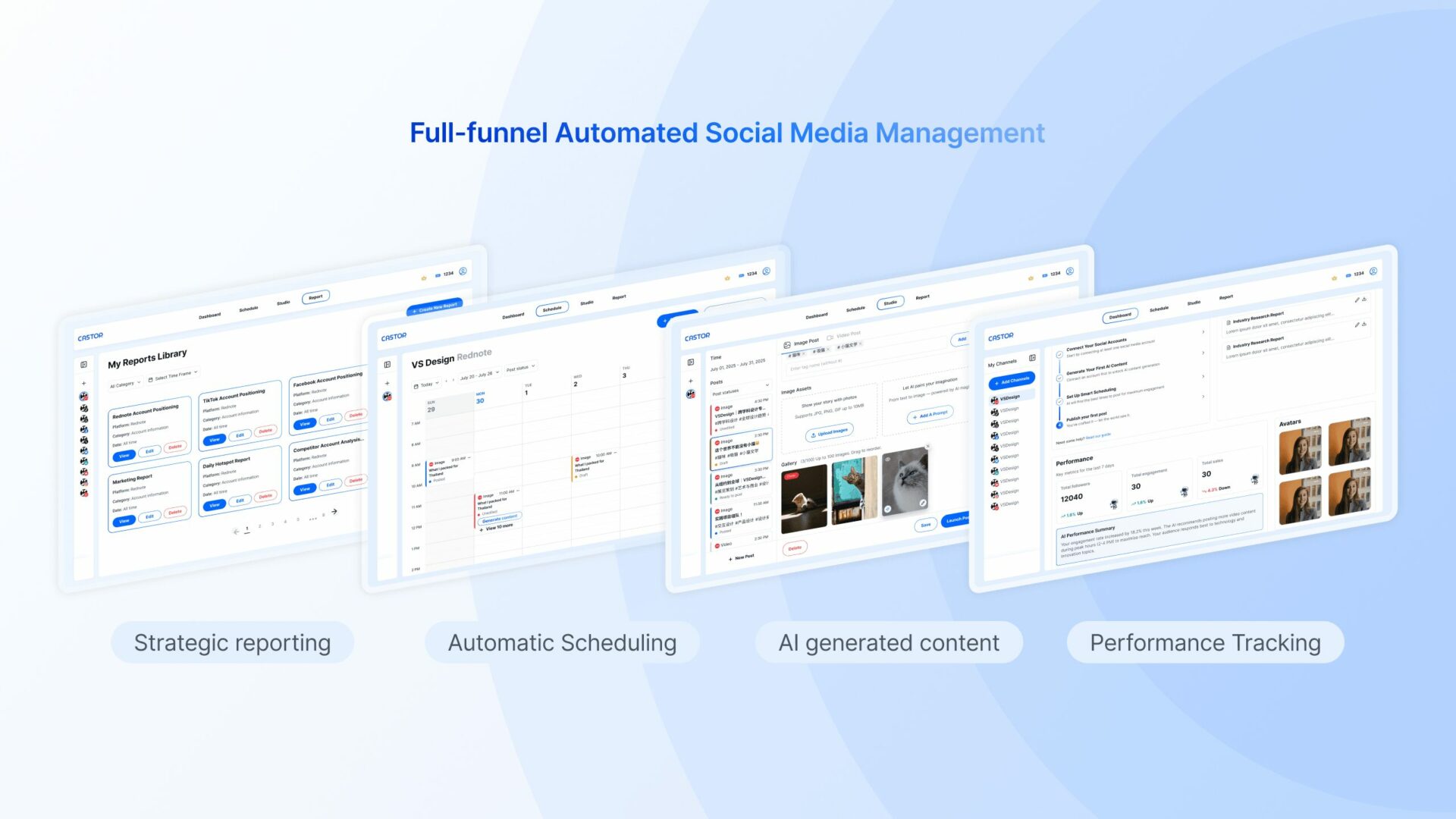
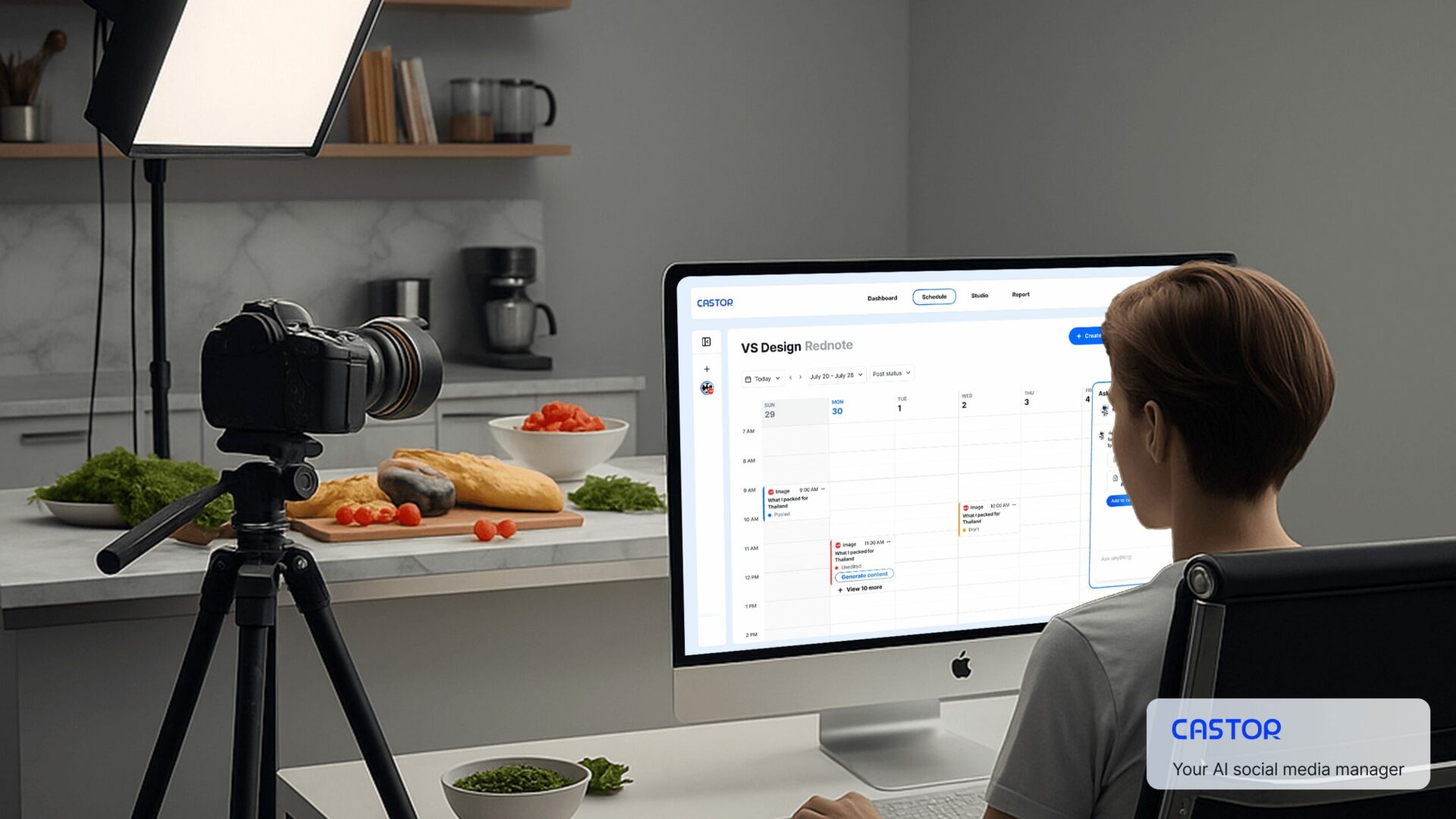
so if you or someone you know deserves recognition please let us know here.


